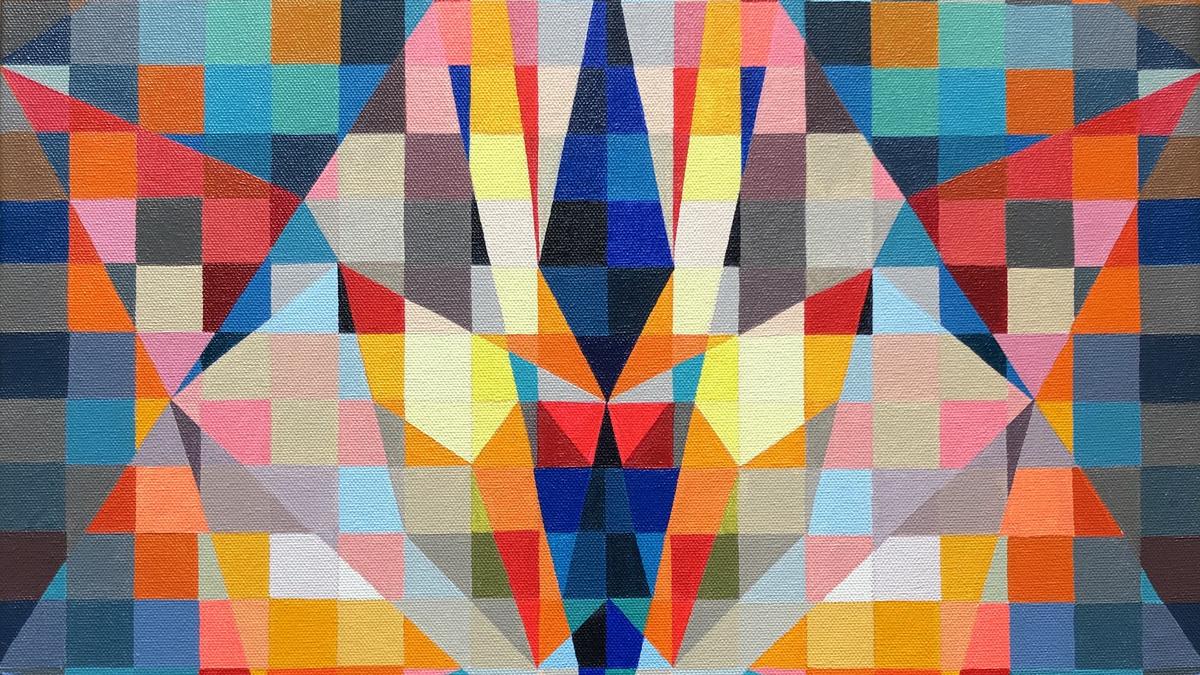
There is art in geometry in Neerja Peter’s ‘Secrets of Form’ exhibition at Bikaner House Delhi
The Hindu
Neerja Chandna Peters' solo exhibition Roopa Bheda at Bikaner House in New Delhi showcases geometric symbolism and its beauty. She says it is her spiritual inspiration that helps to draw and see forms in the dense fine lines and the play of colours.
Neerja Chandna Peters, a self-taught artist, gave up her career in medicine to explore the world of abstractionism with colours and fine lines drawn to accurate mathematical measurements. “It is in this world of creating expressions that I find my peace and joy,” she says.
Art, says Neerja, became her way of life as she got deeply invested in the process of ideating forms with geometric symbolisms. Drawing triangles, squares, circles and seeing forms of an inner consciousness in them kept driving her subtly on a spiritual sojourn.
Neerja is exhibiting 80 of her small and large canvases done between 2019 and 2025 in an exhibition titled Roopa Bheda – Secrets of Form at Bikaner House in Delhi.
Roopa Bheda is a term taken from a Rigveda shloka that describes a good composition in a work of art through its perspective, proportion and colour harmony.
“My exhibition is about the forms that emerge through my spiritual inspiration; they are not as evident as in realistic painting but hidden in the abstractions is a connection to the divine power,” she says.
For instance, one of her largest paintings, titled Monk, appears cryptic but speaks to the audience about the consonance of abstraction and how that must move beyond the contemplative to channelise the inner and outer energies.
Curator Uma Nair says Neerja positions herself both as the creator and the audience. Her paintings are creations born out of deeper meditation systems and find meanings through laborious repetitions. “Look at the beauty of geometry and symbolism in the works, the artist’s understanding of deeper composition of colours in terms of different combinations and metaphors and the manifestations of the forms,” she says.













